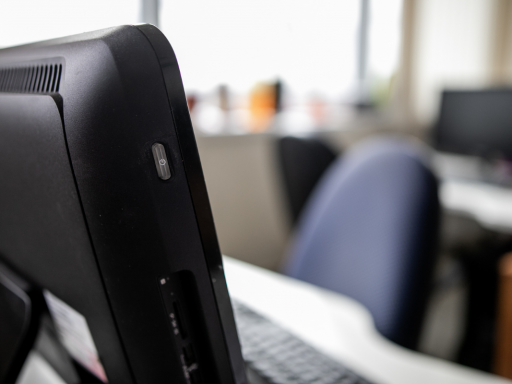Office buildings which don’t prioritise the health and wellbeing of their users are under scrutiny and could swiftly become redundant, according to a webinar hosted by the Building Engineering Services Association (BESA).
BESA’s Head of Technical, Graeme Fox, who chaired the webinar, said it was increasingly important that buildings found a way to demonstrate they were ‘safe havens’ from conditions that could be harmful to health, including poor indoor air quality. If they don’t make an effort to show they are aware of issues and seeking solutions, they could lose the faith of their workers.
Technological innovations are there to be utilised and the possibility of QR codes being used to equip visitors with real-time information about the conditions in their building gives the control back to the individual – the decisions to enter become fully theirs.
The role of office lighting in protecting people’s wellbeing is also important. If lighting is poor employees are at greater risk of damaging eyesight, having accidents and feeling low.
The President of the Society of Light and Lighting (SLL), Ruth Kelly Waskett, said:
“Daylight is one of the biggest components of a healthy office because it gives us a connection to the outdoors and has a direct impact on our sleep patterns… We must design workspaces that give people access to natural light and make greater use of smart lighting to improve working conditions." – Workplace DNA
Technology promises further options for workers in monitoring their own light levels, with items such as wearable light sensors now becoming more widely available.
Building engineers face challenges in product choices and design, as they try to balance driving down carbon emissions while also juggling the unpredictability of occupancy levels.
Frances Brown, Senior Associate at the engineering practice Hoare Lea, told the BESA webinar:
“It is really important that we don’t make office spaces worse just to save energy. We need to keep measuring and monitoring, especially around [air quality]. CO2 monitoring can help you design your control systems so you only install what you need and don’t over-ventilate. It is all about doing enough; not doing too much these days. That’s where the data comes in and helps us to get that balance right.” – Workplace DNA
If you are unsure about what poses a health and safety risk in your workplace, we are here to help. Reach out to us if you need advice about how to improve your business premises for your workers health. Find us here: whatnosafety.co.uk

